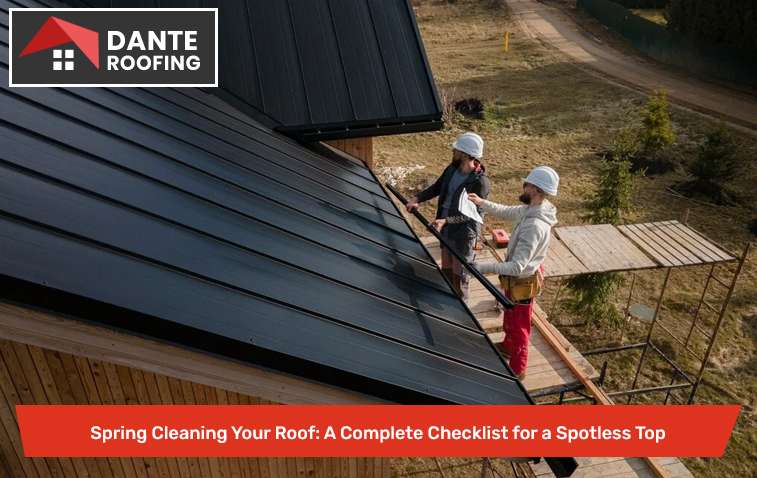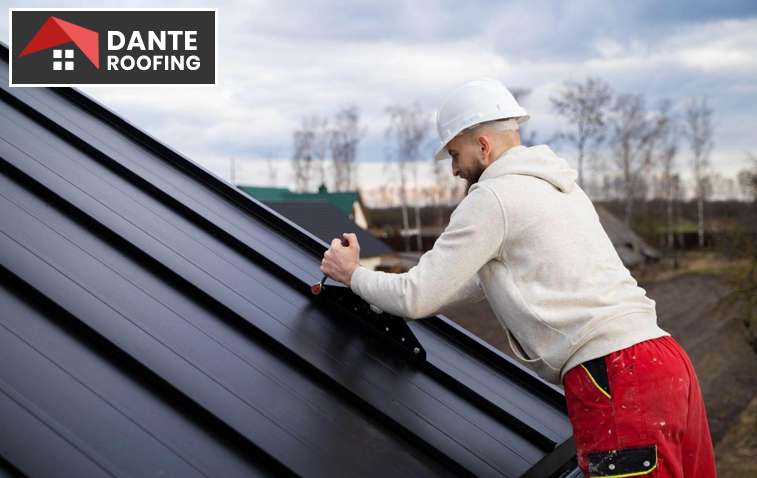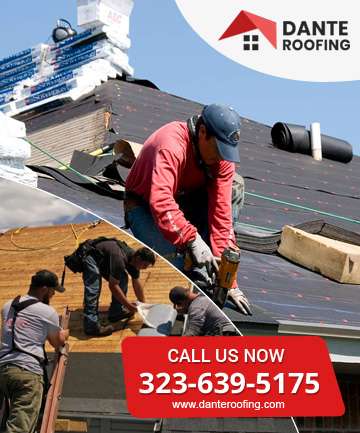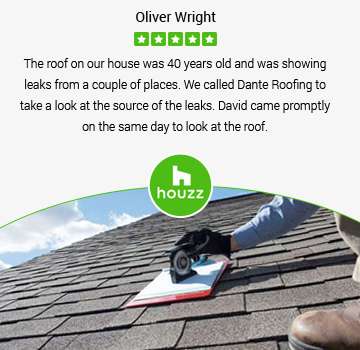Spring Cleaning Your Roof: A Complete Checklist for a Spotless Top
Spring arrives, and the world wakes up. Flowers bloom, birds sing, and the sun shines brighter. This is also a great time to check your house, especially your roof. Winter weather can be tough on roofs. Snow, ice, and wind can cause problems. Therefore, spring cleaning your roof is important. It helps you find and fix small problems before they become big, expensive issues. This process protects your home and keeps it safe. A clean roof also looks nice and makes your house look good. This checklist will help you clean your roof and keep it in good shape. So, let’s learn how to spring clean your roof!

Gathering Your Cleaning Supplies
First, you need to collect all the things you need to clean your roof. You will need a few important tools. These tools will help you do the job right. You should get a sturdy ladder. This ladder will help you reach your roof safely. You also need a soft-bristled brush. This brush will help you scrub away dirt and grime. In addition, you should get a garden hose with a spray nozzle. This hose will help you rinse off the roof. Finally, you might need a bucket and some mild detergent. This detergent will help you clean tough stains.
Next, you must make sure all your tools are in good condition. Check your ladder for any damage. Make sure the steps are secure. Also, check your hose for leaks. Make sure the spray nozzle works correctly. It is also important to choose a day with good weather. Do not clean your roof on a windy or rainy day. Now you are ready to start cleaning your roof.
After you have all your tools, you can start preparing for the cleaning process. It is a good idea to wear gloves. Gloves will protect your hands from dirt and grime. You should also wear safety glasses. Safety glasses will protect your eyes. It is also important to wear shoes with good grip. This will prevent you from slipping on the roof.
Inspecting Your Roof for Damage
Before you start cleaning, you should check your roof for any damage. Look for missing or damaged shingles. Shingles protect your roof from rain and sun. If they are damaged, water can leak into your house. Also, check for any cracks or holes in the roof. These can also cause leaks. Furthermore, look for any signs of moss or algae growth. These can trap moisture and damage your roof.
Moreover, pay close attention to the areas around vents, chimneys, and skylights. These areas are more likely to have leaks. Check the flashing around these areas. Flashing is a metal material that helps seal these areas. If the flashing is damaged, water can get in. Additionally, look for any sagging areas on your roof. Sagging can mean there is a problem with the roof structure.
In addition, you should check your gutters and downspouts. These are important for carrying water away from your roof. Make sure they are clean and free of debris like leaves and twigs. Blocked gutters can cause water to back up and damage your roof. After checking for damage, you can make a list of any repairs that need to be done.
Cleaning Your Roof Safely and Effectively
Now you can start cleaning your roof. First, use your garden hose to rinse off any loose dirt and debris. This will make the cleaning process easier. Next, use your soft-bristled brush and mild detergent to scrub away any remaining dirt or stains. Be gentle when you scrub. You do not want to damage the shingles.
Then, rinse your roof thoroughly with the garden hose. Make sure you remove all the soap and dirt. Start at the top of the roof and work your way down. This will prevent dirty water from running over already cleaned areas. Also, be careful not to use too much water pressure. High water pressure can damage your shingles.
After you have rinsed your roof, let it dry completely. This might take a few hours, depending on the weather. Once your roof is dry, you can check it again for any missed spots. You can also check for any damage that you might have missed before. Now your roof is clean and ready for spring.
Maintaining Your Roof After Cleaning
After you clean your roof, you should take some steps to keep it in good condition. This will help prevent future problems. You should regularly clean your gutters and downspouts. This will ensure that water can flow away from your roof properly. You should also trim any trees or bushes that are close to your roof. This will prevent branches from rubbing against your roof and causing damage.
Furthermore, you should regularly inspect your roof for any signs of damage. This will help you catch small problems before they become big ones. You should also have your roof professionally inspected every few years. A professional can find problems that you might miss. This will help you keep your roof in good shape for many years.
In addition, you can use special products to prevent moss and algae growth. These products can help protect your roof from damage. You can find these products at most home improvement stores. Using these products can help your roof stay clean and healthy.
Safety Precautions When Cleaning Your Roof
Cleaning your roof can be dangerous, so it is important to take safety precautions. Never climb on your roof if you are not comfortable doing so. If you are unsure, you should hire a professional. Also, always use a sturdy ladder and make sure it is placed on a stable surface. Have someone hold the ladder for extra safety.
Also, wear shoes with good grip to prevent slipping. Avoid cleaning your roof on windy or rainy days. These conditions can make it very dangerous. Additionally, use safety glasses and gloves to protect your eyes and hands. These simple steps can help you stay safe while cleaning your roof.
Finally, if you are using any cleaning solutions, follow the instructions carefully. Some cleaning solutions can be harmful if not used correctly. It is important to protect yourself and your roof. Following these safety tips will help you clean your roof safely and effectively.

Understanding Different Roof Types and Cleaning Methods
Roofs come in different types. Each type needs special care. Asphalt shingle roofs are very common. You can clean them with a soft brush and mild detergent. Tile roofs are more delicate. You should be extra careful when cleaning them. Metal roofs are strong and easy to clean. You can usually just rinse them with water.
Furthermore, some roofs have special coatings. These coatings protect the roof from damage. You should check with the manufacturer before using any cleaning products. Some cleaning products can damage these coatings. It is important to use the right cleaning method for your roof type.
In addition, you should always be gentle when cleaning your roof. Avoid using high pressure water or harsh chemicals. These can damage your roof. Using the correct cleaning method will help you keep your roof in good condition for many years.



